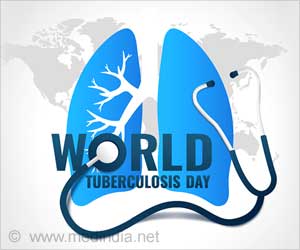The definition closely complements that proposed by the World Health Organization (WHO) for
, say the researchers.
The many definitions currently used, which vary in the number, type, and duration of symptoms, have all contributed to the wide variation in the estimated length of long COVID infection in children, ranging from 1% to 51%. This has hampered research efforts to date.
The continuously used definition of Long COVID will enable researchers to reliably compare and judge studies on the prevalence, pathogenesis, and effects, which the researchers explain as providing a more accurate picture of the actual impact of the condition.
A consensus was reached among a delegation of 120 international experts on service delivery (47), research (50), and living experience (23), the importance of which was realized after carefully reviewing 49 reports that were scored from 1 to 9 each.
These statements were sequentially noted in three phases (Delphi process), with the final selection of five discussed at a virtual consensus meeting. These statements were then reviewed by a panel of eight 11- to 17-year-olds affected by Long COVID to reach final agreement.
The final statements for a research definition of Long COVID in children and youth that were included were as follows:
- A condition in which a child or youth person has symptoms (at least one of which is a physical symptom) that:
- Have continued or developed after a diagnosis of COVID-19 (confirmed with one or more positive COVID tests)
- Impact their physical, mental, or social wellbeing
- Are interfering with some aspect of daily living (e.g., school, work, home, or relationships) and
- Persist for a minimum duration of 12 weeks after initial testing for COVID-19 (even if symptoms have waxed and waned over that period)
These were translated and thus were written, “Post-COVID-19 condition occurs in young people with a history of confirmed SARS CoV-2 infection (the virus responsible for COVID-19 infection), with at least one persisting physical symptom for a minimum duration of 12 weeks after initial testing that cannot be explained by an alternative diagnosis. The symptoms have an impact on everyday functioning, may continue or develop after COVID-19 infection, and may fluctuate or relapse over time.”
The researchers emphasise the need to differentiate between a clinical case definition and a research definition of “Long COVID.”
Source: Medindia



